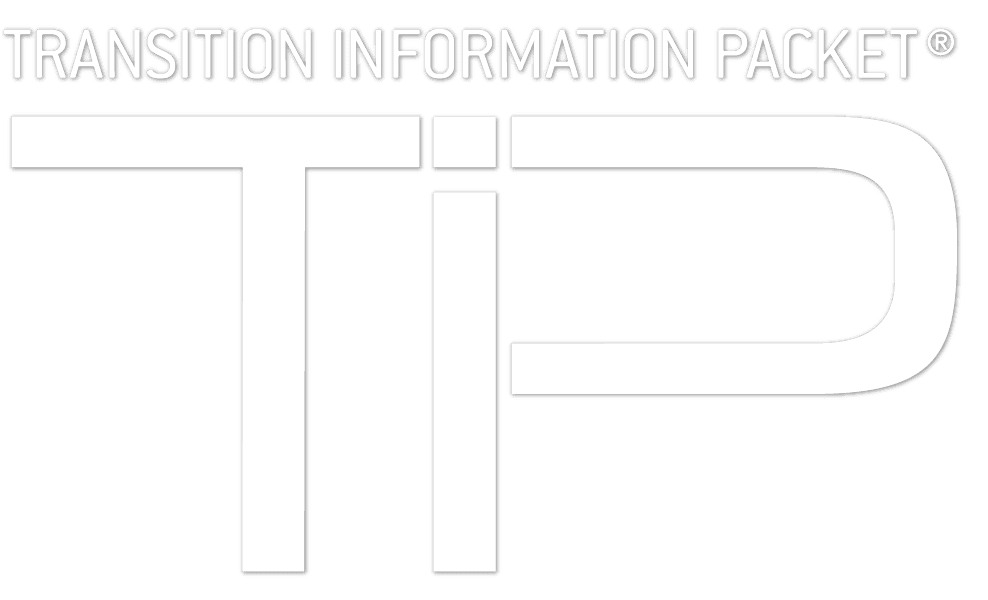Raise your hand if you’ve ever been frustrated by the delay in the release of the Department of Energy (DOE) SBIR Funding Opportunity Announcement (FOA). Your plan was to have as much time as possible to prepare a responsive proposal – so you signed up on the DOE Mailing List to be notified as soon as the topics were released. Well, the topics were released six weeks ago – but now the FOA for the FY19 Phase I Release 2 is delayed and the holiday season is almost upon us. But, don’t be alarmed. If you know what to do – this delay can really be to your benefit.
There’s a lot of excellent work that you can do between the release of the topics and the FOA. With the right tools at your disposal, you can readily create a compelling Letter of Intent and get started with your planning – even in the absence of the current Funding Opportunity Announcement. So, let’s get started. Download the Topics from the DOE SBIR FOA website, check out the Applicant Resources page and become familiar with the DOE SBIR/STTR Phase I Proposal Preparation site. We’ll walk through how to use these tools right now in this blog post. When we’re done you’ll know exactly how to make the best use of the time that you have available. Ready? Let’s dive in.
Five Steps to take advantage of the FOA delay
- Download and Review the Topics document
DOE is one of the few agencies that releases its topics BEFORE the Funding Opportunity Announcement. Most agencies do it concurrently. However, irrespective of when a solicitation is released, it is always the topics that are the most important element of a solicitation. After all, your proposal is going to explain how you can meet the agency’s needs as expressed in the Topics. So spend time now reviewing the topics and making sure that you understand what the agency wants and whether or not you can deliver a solution. Often companies are more concerned about receiving funding to conduct research of interest to them…BUT in order to be responsive, you must understand what the agency is looking for and determine if you have the ability to deliver a solution. Learn how other successful companies have done this.
- Check out the Webinar Topics Recordings
To make it easier for potential applicants to gain further insight into the topics, DOE also has a series of webinars, where the topic managers talk about their interests related to that topic. Although the recordings are usually two hours long, you can simply advance to the 3-5 minute section where the topic of interest to you is discussed. Check out the current webinars for Release 2. Often there is additional insight gleaned from listening to this presentation.
- If you have more questions, contact the Topic Manager
Topic Managers names and email addresses are listed in the Topics document under each Topic and Subtopic. Don’t hesitate to reach out to the topic manager if you need further clarification regarding a topic. In order to provide a responsive proposal to a topic, it must truly fit with what they are looking for. Often small businesses are apprehensive about reaching out to someone in the federal government and don’t know how to handle themselves in this interaction. To help with this please see the Tutorial entitled “Should I Talk to the Topic Managers?”. Be sure to download the email template in the Tools section.
- Start preparing the Letter of Intent (LOI)…… it’s not really a Letter…
One of the first things that you will have to prepare and submit to DOE is called a Letter of Intent(LOI). It is a very important document – in fact, if you do not submit the LOI on time, you will not be able to submit a proposal to DOE. Here’s the good thing – you don’t need to wait until the FOA is released before starting to work on the LOI. DOE has already posted guidelines for the Letter of Intent on the Applicant Resources page. To see these guidelines, navigate to the section called “Preparing and Submitting a Phase I Letter of Intent” and download the guidelines AND the example. Also listen to the Tutorial on How to Prepare a Letter of Intent and download the template to serve as a guide.
- Last, but not least register for the Portfolio Analysis and Management System (PAMS)
In order to submit the Letter of Intent to the Department of Energy, you must have registered for PAMS. You can access guidelines on how to register with PAMS on the Applicant Resources page – see the Quicklinks right at the top of the page. Also check out the various demos associated with the Tutorial “What are the Required Registrations?” So, do this now…all before the FOA is released.
Follow these five steps now, BEFORE the FOA is released and you will make great strides towards preparing a responsive application to the DOE SBIR Funding Opportunity Announcement. Don’t wait to do this – do this now! Use the delay in the release of the FOA as a bonus – giving you more time to understand the topic, register for PAMS, and prepare one or more compelling LOI.
Posted December 11, 2018 by Jenny Servo, PH.D



